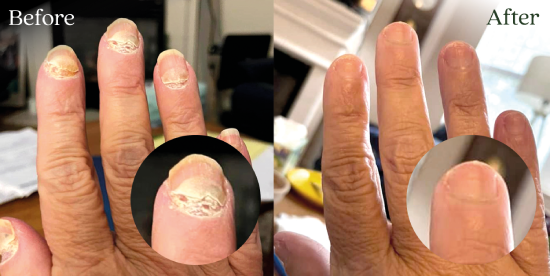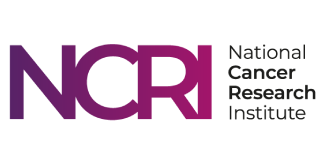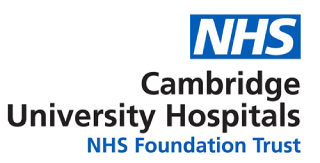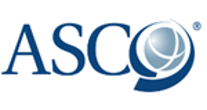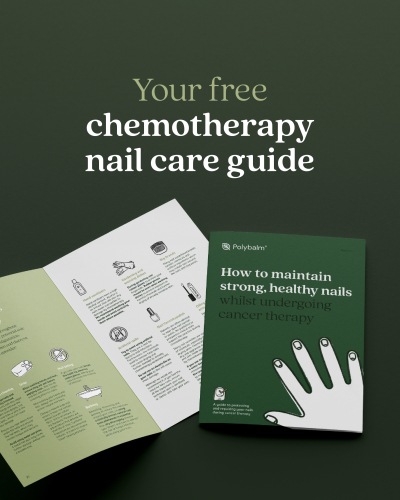How Does Chemotherapy Damage Nails?
Chemotherapy is designed to kill and slow rapidly growing cancer cells. However, it cannot always distinguish between cancerous cells and normal cells. Some cells, such as those in and around your fingernails and toenails, are more susceptible to chemotherapy damage.
Consequently, a common side-effect of chemotherapy is nail damage, infection and loss, causing pain and distress.
Understanding and addressing these issues promptly is crucial to maintaining nail health during chemotherapy.
All types of chemotherapy can damage finger and toe nails. The longer the course of treatment, the more likely chemotherapy will inflict nail damage. Taxane and anthracycline based chemotherapies are more likely to cause damage. These chemotherapies are frequently used to treat breast, ovarian, lung and prostate cancers.
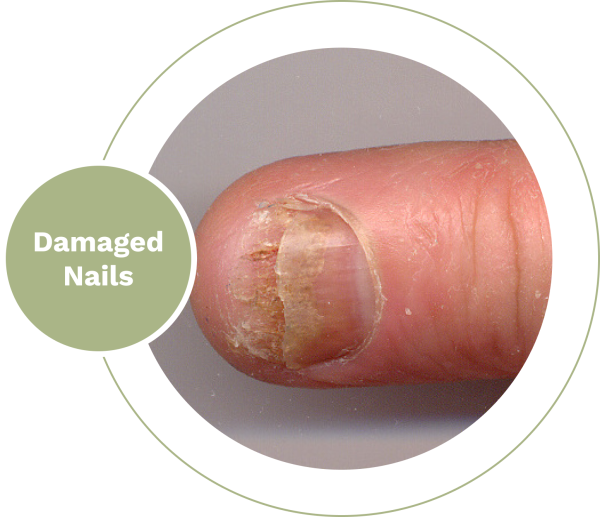
The Clinical Trial Demonstrated That Polybalm® Profoundly Reduces Nail Damage
Professor Rob Thomas led a group of expert oncologists, scientists, nurses, herbalists and complementary therapists to create Polybalm®. He is an eminent consultant oncologist practising at Bedford and Addenbrooke’s Cambridge University Hospitals.
Professor Thomas and the group of experts regularly see chemotherapy’s distressing side effects on patients’ toe and finger nails. The group were frustrated that nothing was clinically proven to be effective, that they could confidently recommend to patients.
The group also knew some patients and medical professionals inadvertently select products that may irritate and dry finger and toe nails, aggravating the side effects of chemotherapy on nails. They knew Polybalm® was highly effective, but this was not enough. They wanted professionals to have absolute confidence to recommend it to patients, so they set out to demonstrate Polybalm®‘s clinical efficacy.
Polybalm® was subjected to rigorous clinical evaluation which demonstrated its effectiveness in profoundly reducing chemotherapy nail damage.
The good news is that you do not need a prescription to buy Polybalm®.
Polybalm’s® Natural Ingredients Work in Harmony With Your Nails
The quantity and quality of each natural ingredient in Polybalm® were carefully selected for their high performance and ability to synergise with each other to reduce chemotherapy nail damage.
Testing and refining the exact amount of each ingredient was vital to Polybalm®‘s clinically proven ability to nourish deep into the finger and toe nail bed, preventing drying, splitting and cracking. Ironically, too much essential oil may actually irritate the nail.
Polybalm®‘s polyphenol-rich ingredients have moisturising, anti-inflammatory, antioxidant, and antimicrobial properties.
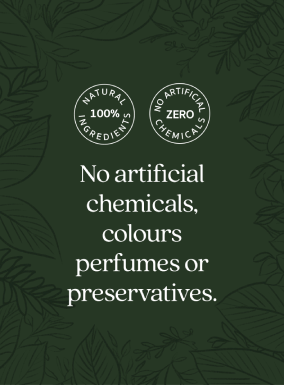
How To Use Polybalm®
You only need to massage a small amount of Polybalm® around each fingernail and toenail 2-3 times a day for it to be effective throughout your chemotherapy. For the best results you should use Polybalm® a few days prior to your chemotherapy starting.
If your chemotherapy has already begun:
The early indicators of chemotherapy nail damage are a tingling sensation under the nail, mild pain and the beginning of nail ridges. Early pain is more likely to occur in toenails than fingernails due to the pressure of standing and walking. Start using Polybalm® immediately to minimise the risk of further problems and even reverse them.
Our Advice
Patient Advice
Why Choose Polybalm?®

Clinically Proven

No Nasty Chemicals
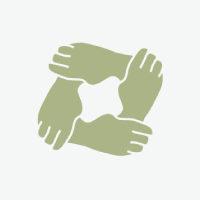
Harmoniously Works with Nails

Finest Ingredients


